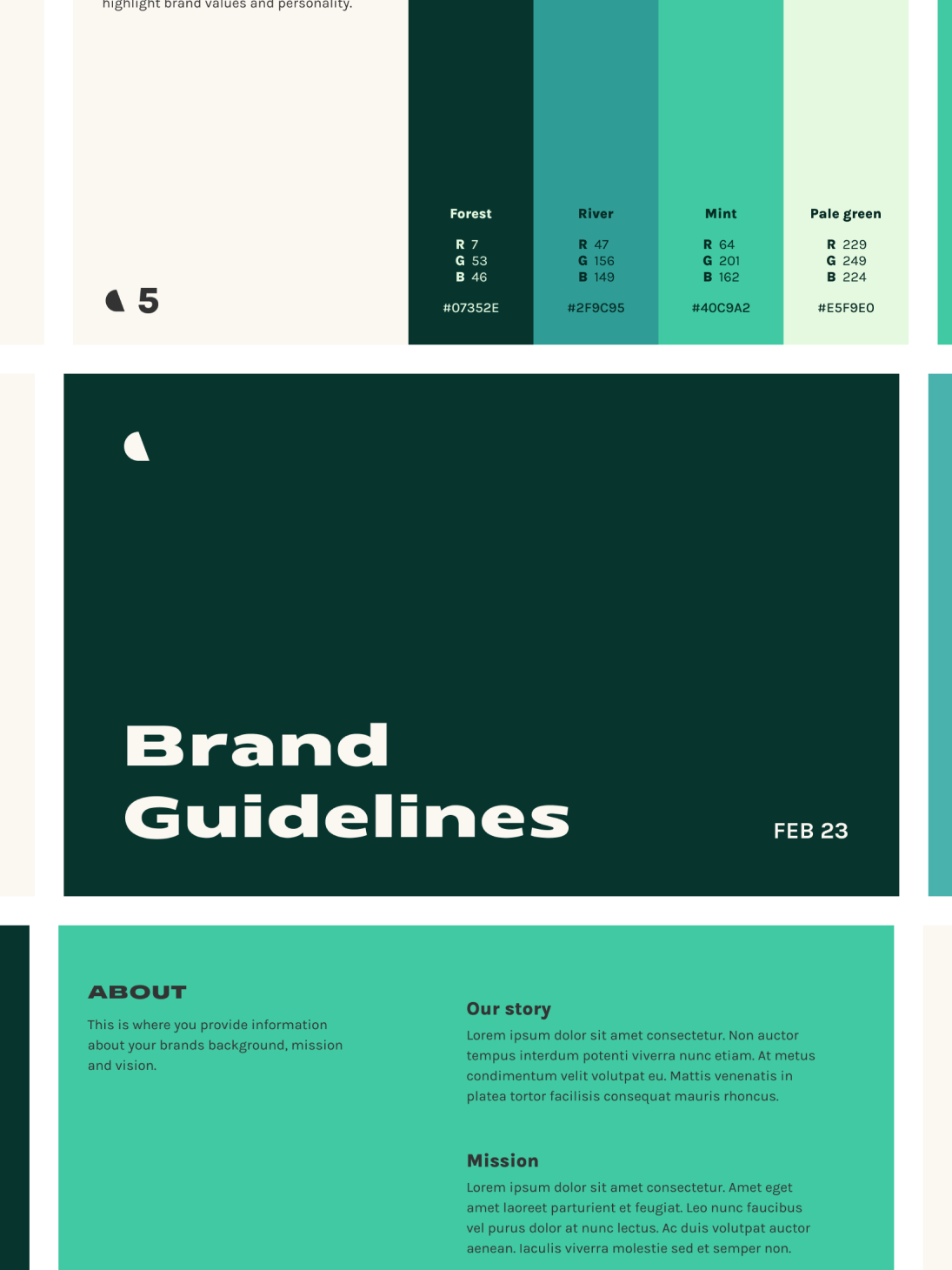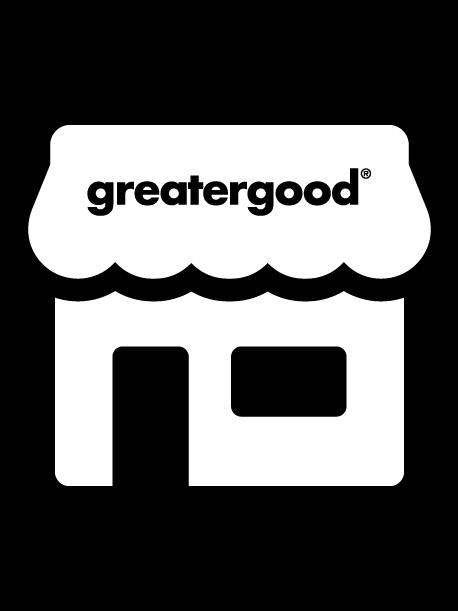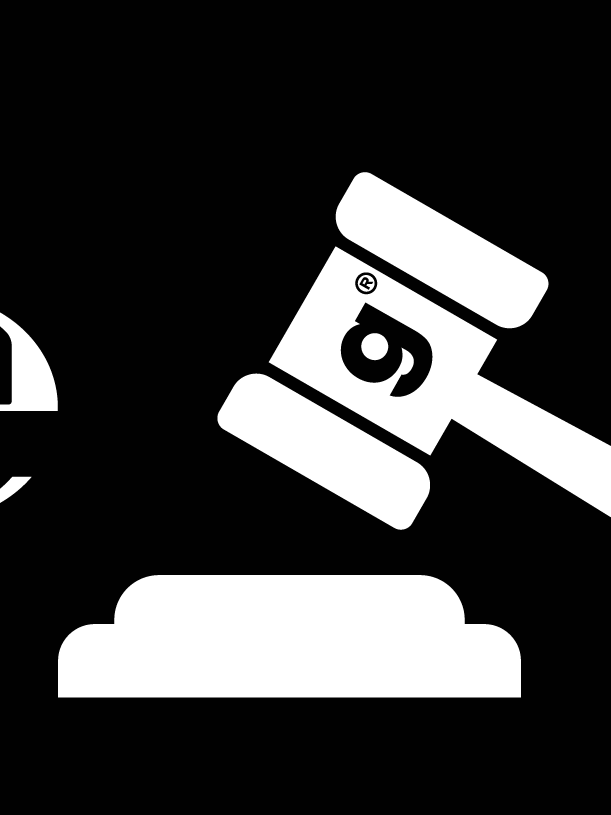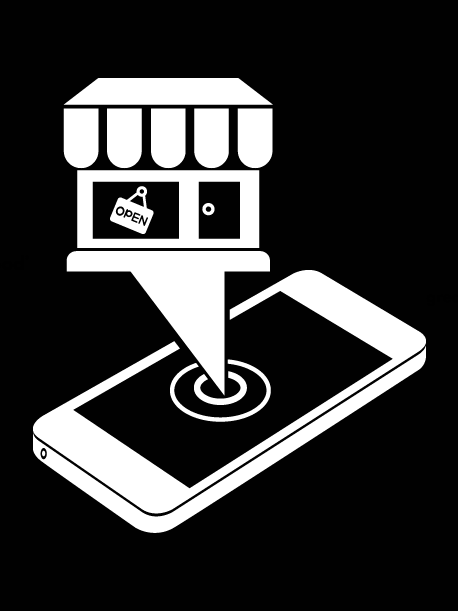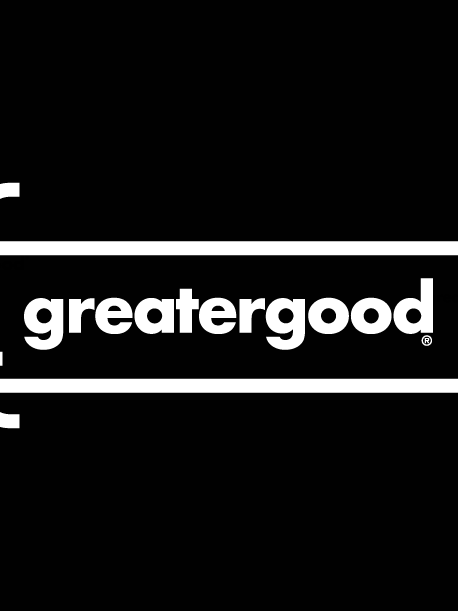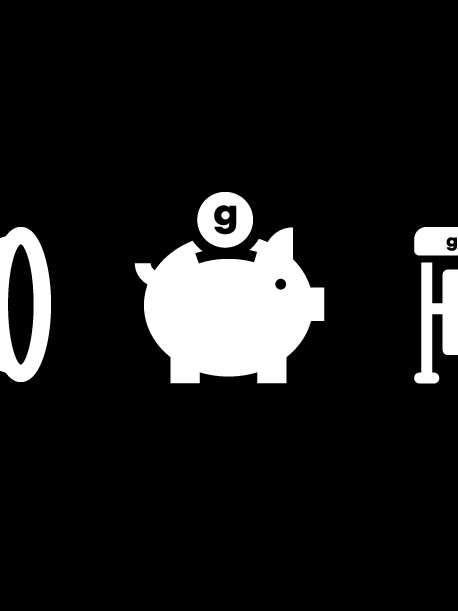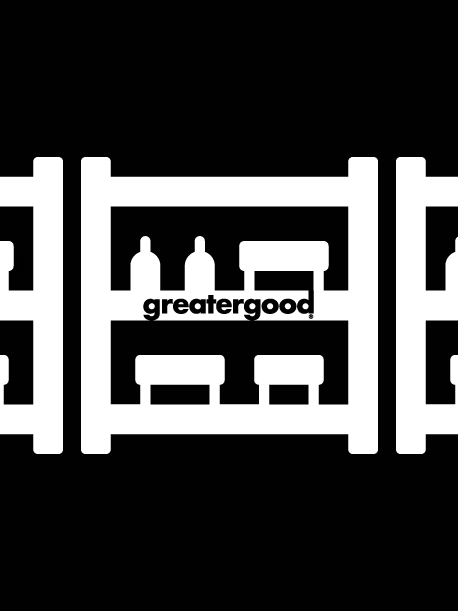A brand is more than just a logo or a catchy tagline. It carries value, trust, and emotional connections with consumers. This value is known as brand equity—an intangible yet powerful asset that can significantly impact a company's success.
But what exactly is brand equity, and how can businesses measure it? Let’s dive in.
What Is Brand Equity?
Brand equity refers to the value a brand holds in the minds of consumers. It represents the overall perception of a brand based on experiences, associations, and reputation. Strong brand equity results in customer loyalty, premium pricing, and a competitive edge in the market. Companies like Apple, Nike, and Coca-Cola enjoy immense brand equity, enabling them to sustain customer trust and command higher prices.
Brand equity is built over time through consistent branding, quality products or services, effective marketing, and positive customer experiences. It encompasses several key components:
- Brand Awareness – How well consumers recognize and recall a brand.
- Brand Associations – The emotions, values, and attributes consumers connect with a brand.
- Perceived Quality – The customer’s assessment of a brand’s quality compared to competitors.
- Brand Loyalty – The extent to which customers repeatedly choose the brand over competitors.
- Proprietary Assets – Unique elements like trademarks, patents, and brand-specific advantages.
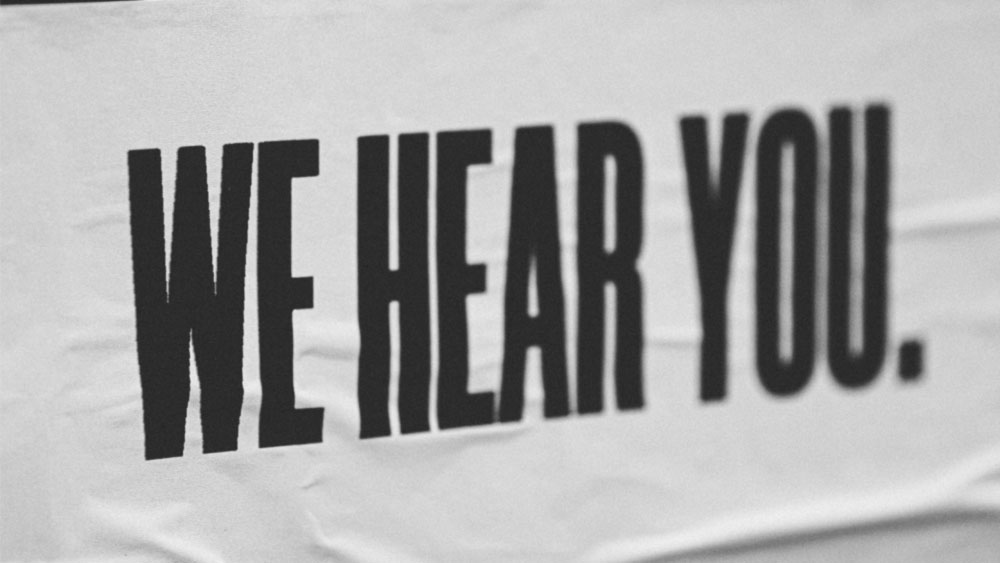
How to Measure Brand Equity
Measuring brand equity can be challenging because it involves both tangible and intangible aspects. However, businesses can assess their brand equity using the following methods:
1. Brand Awareness Metrics
- Conduct surveys and polls to measure brand recall and recognition.
- Analyse search volume trends and social media mentions.
- Track website traffic and direct visits (which indicate brand familiarity).
2. Customer Perception & Sentiment Analysis
- Monitor online reviews and ratings on platforms like Google, Yelp, and Trustpilot.
- Use social listening tools to track brand sentiment and customer conversations.
- Conduct focus groups and in-depth interviews to understand brand associations.
3. Financial Performance & Market Share
- Evaluate price premium (how much more customers are willing to pay for your brand compared to competitors).
- Analyze sales growth and market share to see if brand equity is translating into profitability.
- Assess customer retention rates and lifetime value (LTV) to measure long-term loyalty.
4. Brand Loyalty Metrics
- Track repeat purchases and subscription renewals.
- Measure Net Promoter Score (NPS)—a survey-based metric that gauges customer likelihood to recommend a brand.
- Assess customer engagement on digital channels (social media, email open rates, and interaction rates).
5. Competitive Benchmarking
- Compare your brand’s performance against competitors using third-party reports.
- Conduct brand health studies that evaluate consumer preferences within your industry.
- Use brand valuation tools like Interbrand and Brand Finance to estimate monetary brand equity.
Why Brand Equity Matters
Strong brand equity leads to tangible business benefits:
- Higher Profit Margins – Brands with strong equity can charge premium prices.
- Increased Customer Loyalty – A trusted brand retains customers better.
- Competitive Advantage – Brand equity differentiates businesses in crowded markets.
- Easier Expansion – Strong brands can more easily introduce new products and enter new markets.
Brand equity is one of the most valuable assets a business can possess. While it may be intangible, its impact on customer perception, pricing power, and market position is undeniable. By tracking awareness, customer sentiment, financial performance, and loyalty, businesses can effectively measure and strengthen their brand equity over time. Investing in brand-building efforts today ensures a lasting impact on long-term business success.
Do you want to build and enhance your brand equity? Start by focusing on customer experiences, consistent messaging, and delivering quality that resonates with your audience.
Want support in measuring or discovering ways to increase your brand equity?
Get in touch to hear how we work with global brands and challenger brands to increase their brand equity and drive long-term success.
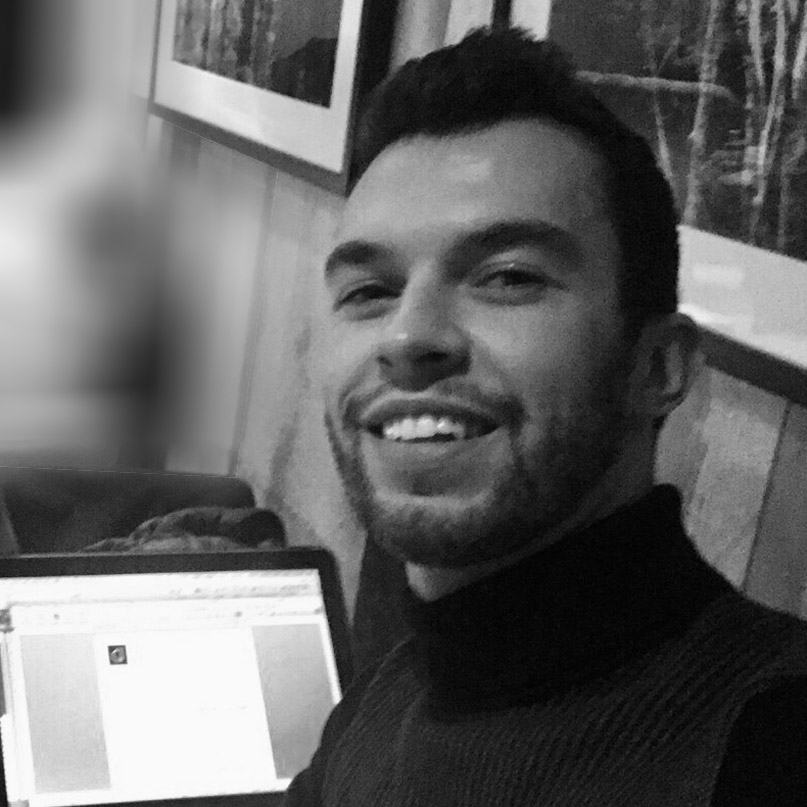
Greatergood Brands®
Daniel Hinde is the Founder & Creative Director of Greatergood Brands. Daniel has over 20 years commercial experience building brands for global household names and disruptive challenger brands.
Sign up to our building better brands newsletter
Free insights for scaling brands

